The 13th
LaureatePainting
Lee Ufan
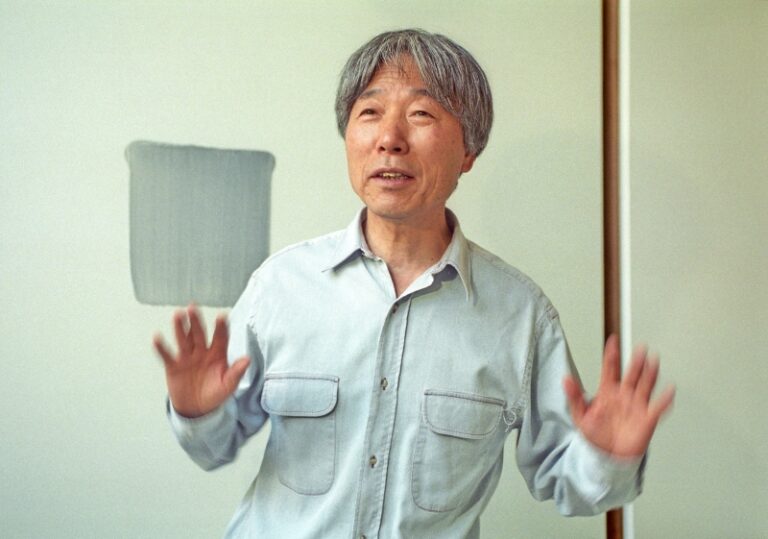
The Japan-based Korean Lee Ufan is considered to be one of the most important artists from Asia. Although his work appears to have much in common with western minimal and conceptual art,the fact that he studied traditional Japanese painting is perhaps a more important influence. His painting and sculpture are deeply rooted in philosophy: the genesis of each painting is shrouded in long meditative phases of profound concentration,while the act of creating the painting is closer to performance. This handling of time and space reflects Lee's position at the intersection of western minimalism and eastern sensibility: his work is as much about the space between things as the things themselves.
Biography
Japan-based Korean Lee Ufan,who has been a presence on the international art scene since the early 1970s,is considered one of the most important artists from Asia. His painting and sculpture are profoundly rooted in philosophy and reflect an intersection of western minimalism and eastern sensibility.
Lee came to Japan at age 20 in 1956 and studied traditional Japanese painting while his Japanese counterparts embraced abstract expressionism,neo-dadaism or the informel school of painting. Lee thus found himself in a situation that forced him to fight against two modernisms: that of the West and its adopted version in Japan. It was Lee though who provided the theoretical impetus for the Japanese avant-garde art group Mono-ha (the ‘Object School’). This was a movement for non-depictive art that developed during the late 1960s and beginning of the 1970s. Lee mentions Pascal’s ‘intermediary’ and Hegel’s ‘medium’,in describing his desire to focus not on the objects themselves but on the relationships between them,on a presence that transcends objectivity.
Lee’s questioning of artistic methods and materials classes him among a large group of contemporaries; but his elementary forms and reduced processes and colors,his handling of time and space,connect him above all with minimal and conceptual art. The genesis of his work is embedded in long meditative phases and profound concentration. The structure of his painting retains the individual traits of a signature or a fine vibration,with slight irregularities and departures from pattern that recall forms in nature. In sculpture,his intervention resonates in the arrangement of contradictory materials and the exploitation of their qualities and powers. He has said ‘There are several stages involved in seeing: to see the word for an object; to see the object; to see the object as nothing. The first stage is linguistic; the second ontological; the third topological. That which is proper to art is the topological way of seeing.’
He says,‘Koreans and Japanese alike point to my being an immigrant,a bohemian. Well,I myself am only a footloose man seeking after freedom. But one community makes a deserter of me,and the other one an intruder. Both seem reluctant to accept me as an insider.’ He says that his dwelling place and the region of his work are in the movement of his coming and going.
Lee’s works are in major museum collections throughout the world. An exhibition in 2001 at the Kunstmuseum Bonn presented a comprehensive overview of his work during three decades,and elucidated his response to the basic problems of western art in the latter half of the 20th century.
Chronology
Awarded the Praemium Imperiale Prize for Painting,Japan Art Association,Tokyo
-
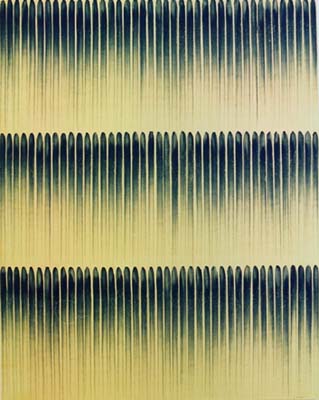
From line, 1978
-
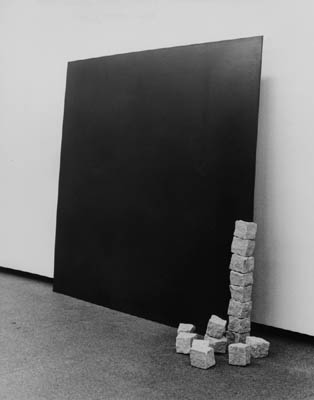
Relatum, 1989
-
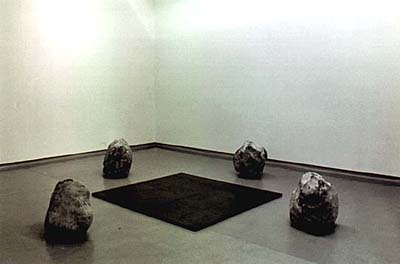
Relatum, 1991
-
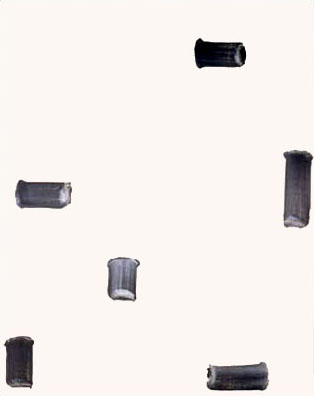
Correspondence, 1992
-
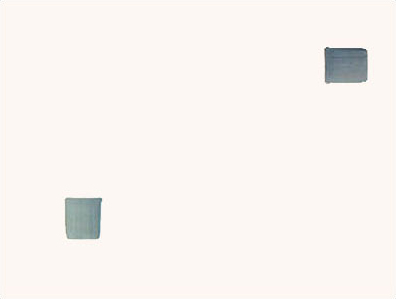
Correspondence, 2000
-
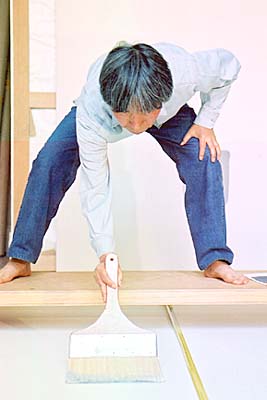
Lee Ufan Painting, 2001

